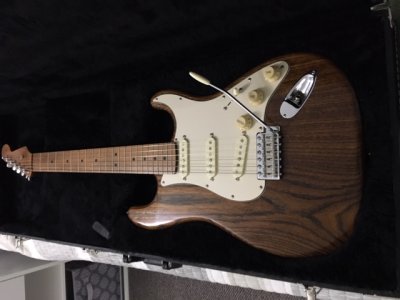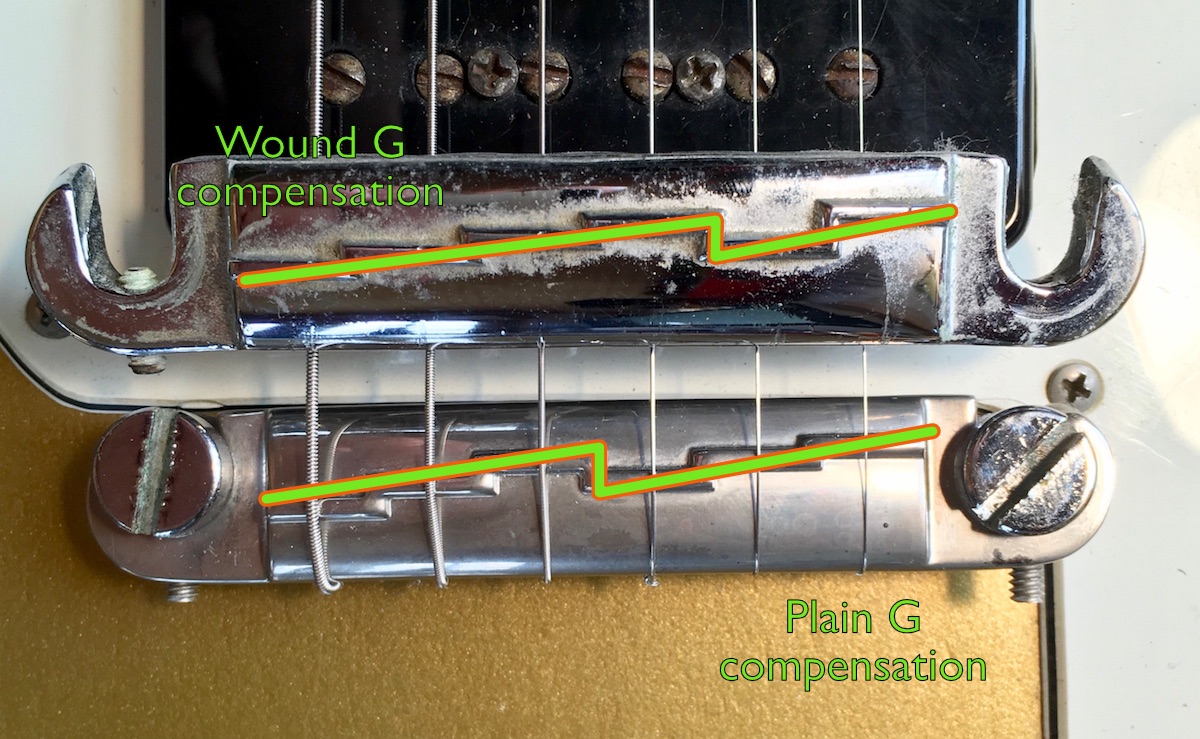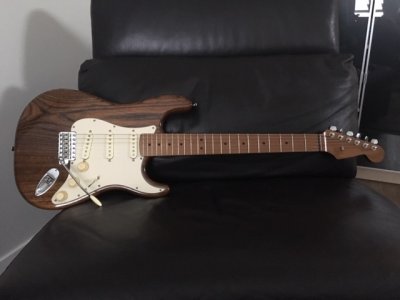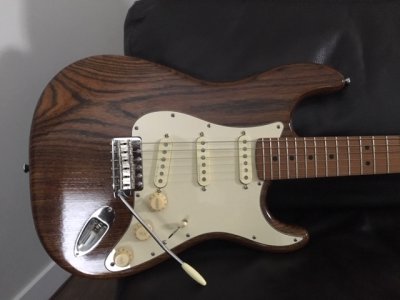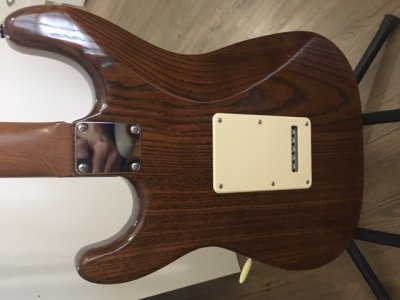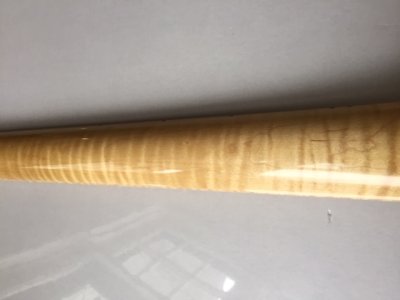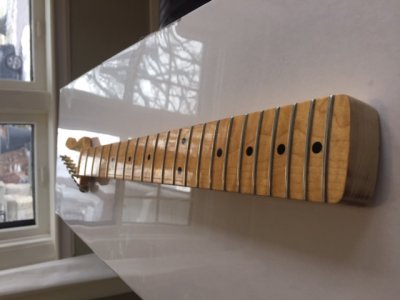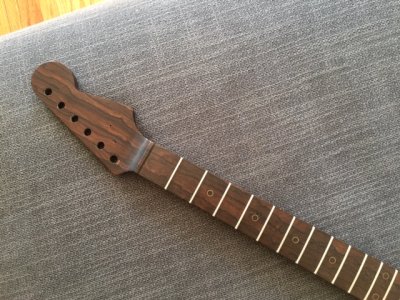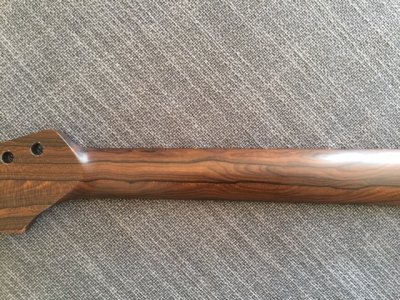As for the actual intonation process, I generally start with the low E. Using a good tuner, tune the open string to pitch, then check the note at the 12th fret. If the 12th fret note is sharp, turn the intonation screw clockwise to move the saddle further from the nut, and thereby lengthen the string and lower the note. If the note is flat, turn the intonation screw counter-clockwise, moving the saddle closer to the nut, to shorten the string and raise the note. Re-tune the open string, and check it again. When you're satisfied, move on to the next string and repeat the process.
On the first run through, pretty close is really close enough, because by the time you get to the last string, the changes in tension are going to put the first strings out of intonation again. So, repeat the entire process. At this point, I will usually let the the neck tension "settle in" over night, because wood moves under tension. Start the process over again the next day.
Remember, guitar tuning is a set of compromises. Your finger changes string tension when you press it to a fret. Because of the differences in string height above the fretboard as you move down the neck, (the plane of the strings is angled, higher at the 22nd fret than at the 1st), your finger is going to change string tension to varying degrees, depending on where you are in the scale. And because a properly relieved neck will have a slight bow, the distance between the string and the fret varies non-linearly. The overall setup will dictate how close you can get, and some get pretty damned close, but no guitar is ever tuned/intonated perfectly. Keep working until you're satisfied.
My final testing consists of playing various chords in the upper register, and comparing them to the same chords played in the open positions. It's very important that you use chords, and not just individual notes, because chords make the dissonance between slightly out of tune notes more readily discernible. Then I play open chords at the 12 position, using both open and upper register notes together. The entire process will take me several days to complete. And then, a month or so down the road, I'll end up doing it again because something or other has changed!
The process can be a little tedious and time consuming, but the rewards are great. Good luck, let us know how it goes!



